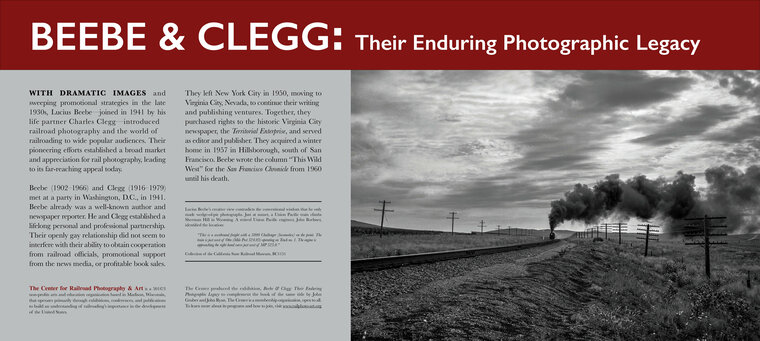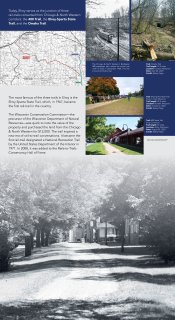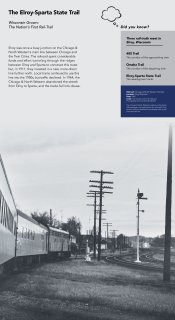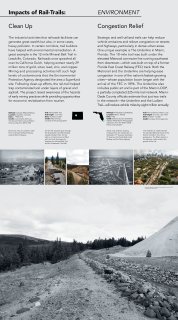
WITH DRAMATIC IMAGES and sweeping promotional strategies in the late 1930s, Lucius Beebe—joined in 1941 by his life partner Charles Clegg—introduced railroad photography and the world of railroading to wide popular audiences. Their pioneering efforts established a broad market and appreciation for rail photography, leading to its far-reaching appeal today.
Beebe (1902–1966) and Clegg (1916–1979) met at a party in Washington, D.C., in 1941. Beebe already was a well-known author and newspaper reporter. He and Clegg established a lifelong personal and professional partnership. Their openly gay relationship did not seem to interfere with their ability to obtain cooperation from railroad officials, promotional support from the news media, or profitable book sales.
They left New York City in 1950, moving to Virginia City, Nevada, to continue their writing and publishing ventures. Together, they purchased rights to the historic Virginia City newspaper, the Territorial Enterprise, and served as editor and publisher. They acquired a winter home in 1957 in Hillsborough, south of San Francisco. Beebe wrote the column “This Wild West” for the San Francisco Chronicle from 1960 until his death.
The Center for Railroad Photography & Art is a 501©3 non-profits arts and education organization based in Madison, Wisconsin, that operates primarily through exhibitions, conferences, and publications to build an understanding of railroading’s importance in the development of the United States.
The Center produced the exhibition, Beebe & Clegg: Their Enduring Photographic Legacy to complement the book of the same title by John Gruber and John Ryan. The Center is a membership organization, open to all. To learn more about its programs and how to join, visit www.railphoto-art.org.




